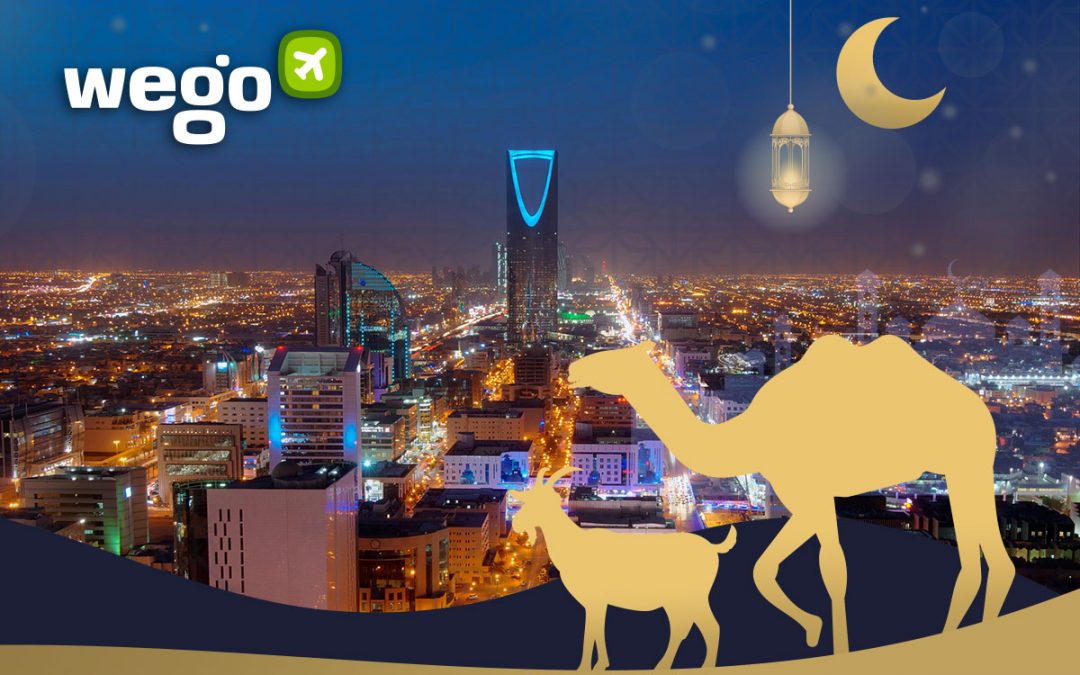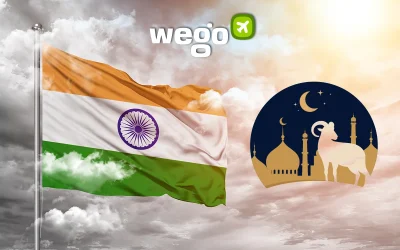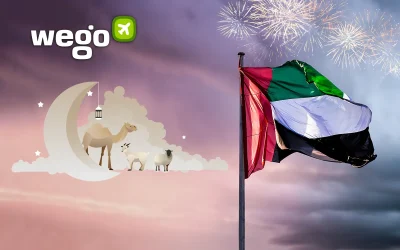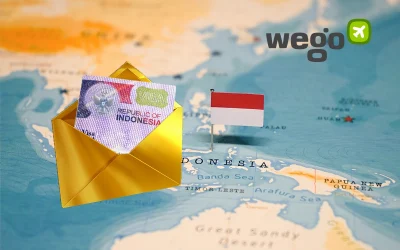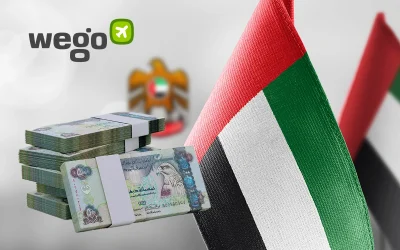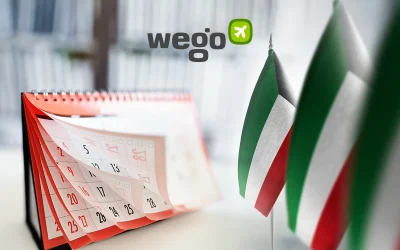This article is reviewed regularly by Wego’s editorial team to ensure that the content is up to date & accurate.
On one fateful night, the Prophet Ibrahim experienced a vivid dream-vision. In the dream, God Almighty appeared before Ibrahim and commanded him to sacrifice his beloved son Ismail as an act of obedience and submission.
As Ibrahim’s devotion to God was nothing short of absolute, he took Ismail to the top of Mount Arafah and steeled himself to make the ultimate sacrifice. But just as he was about to slaughter Ismail, the archangel Jibril appeared before the patriarch with a ram in tow. Jibril then revealed that Ibrahim’s faith had been vindicated and that the ram was to be sacrificed as a ransom for his son.
Reflecting on Ibrahim’s obedience, devotion, and submission, Muslims around the world have since honored Eid ul-Adha as the Day of Sacrifice. As we look forward to the commemoration of this inspiring event, here are the dates, calendar, and guide to celebrating Eid ul-Adha 2025.
Table of Contents
Eid ul-Adha 2025 Saudi Arabia date
While the official Eid ul-Adha date has not been announced by the Saudi government, it is anticipated to occur on Saturday, 7 June 2025. However, this may vary by a day depending on the actual sighting of the moon later on.
Eid ul-Adha 2025 public holiday in Saudi Arabia
Since moon sighting has not occurred, the Saudi government has not yet announced the official holiday period. We will provide the latest information once it becomes available. Typically, the holiday spans four days, starting from the Day of Arafat, which precedes Eid ul-Adha.
On a side note, the Eid ul-Adha holiday for public educational sectors will begin on 30 May until 14 June, as per the announcement of Saudi Arabia’s Ministry of Education.
Eid ul-Adha prayer time
On Eid ul-Adha day, Muslims will offer prayer at mosques and musallahs, outdoor places of worship, across Saudi Arabia. The Eid prayer in Saudi Arabia is usually held 10 to 15 minutes after sunrise, and worshippers are encouraged to reach the mosque or musallahs by sunrise to avoid crowds.
How is Eid ul-Adha 2025 celebrated in Saudi Arabia?
Eid ul-Adha is a public holiday celebrated throughout the Kingdom of Saudi Arabia that lasts for four days. For those participating in the Hajj pilgrimage, the Eid ul-Adha signifies the conclusion of their pilgrimage to Mecca.
The main observance of Eid ul-Adha is the symbolic reenactment of Ibrahim’s obedience. The sacrifice may extend to a cow, sheep, lamb, goat, ram, and even camel. The bounty obtained from the sacrifice must be allocated accordingly; the individual, group of individuals or family providing the sacrifice is entitled to a third of the meat, while their friends and relatives are entitled to another third. The remaining third strictly belongs to the needy and less fortunate.
By taking part in this Feast of Sacrifice, Muslims in Saudi Arabia pledge their willingness to submit to the will of the Creator not just by way of performing the Qurban or sacrificing an animal, but also by committing themselves to other acts of charity. It is customary for Saudi Arabian Muslims with the financial means to donate sums of money, food and clothes to the homeless and the poor during Eid ul-Adha.
Though on a smaller scale than that of the Eid Fitr, Muslims do take advantage of the celebration to dress up and visit family and friends offering and receiving presents in the process.

